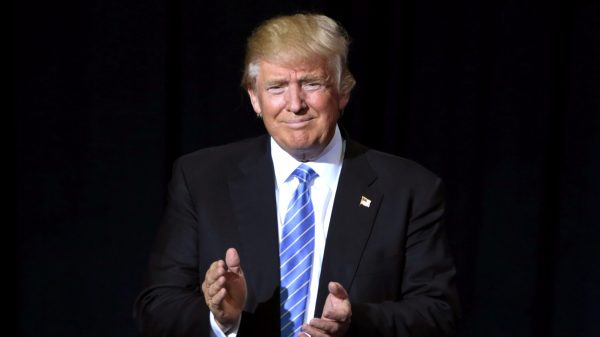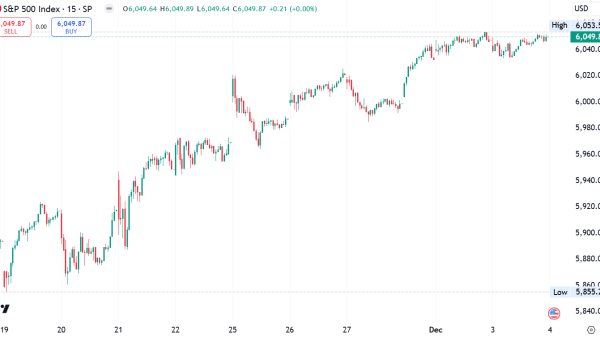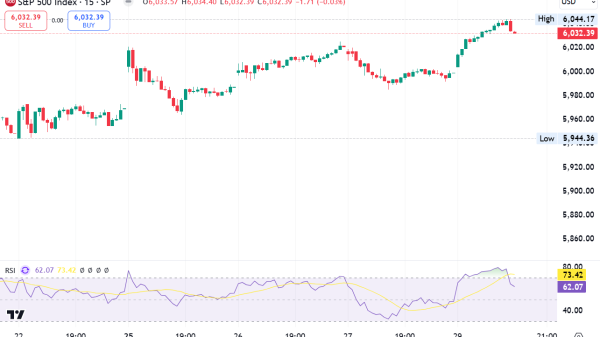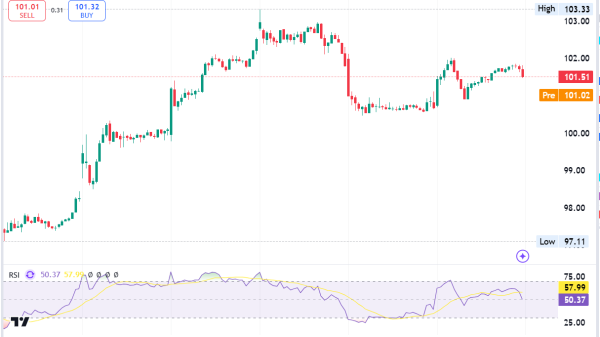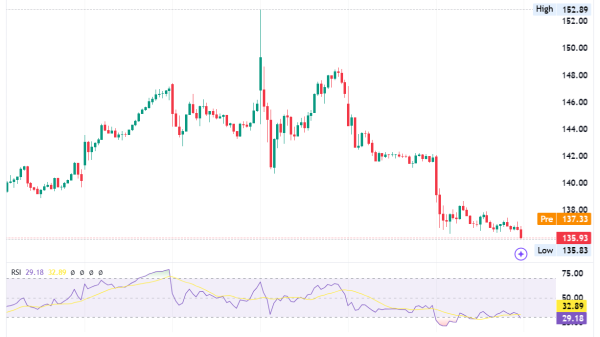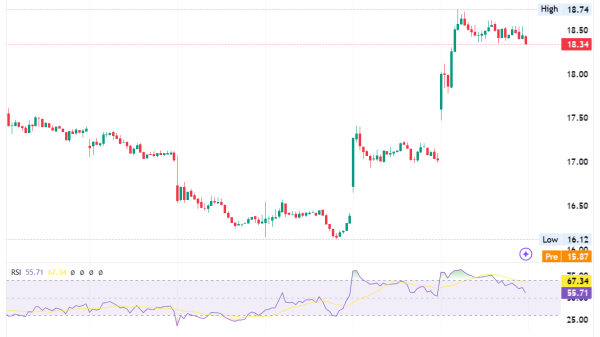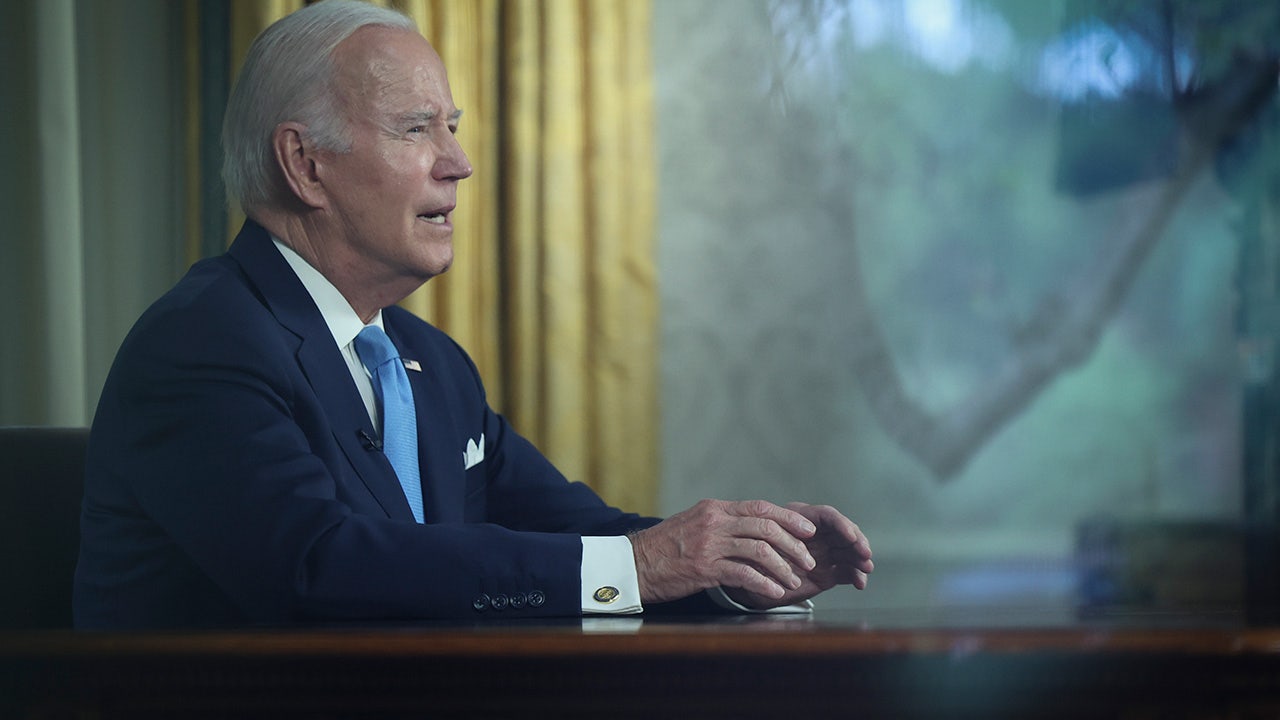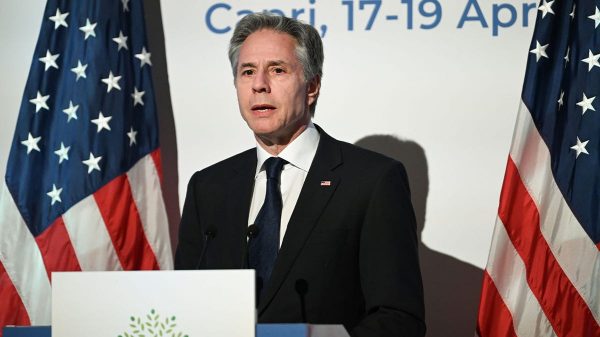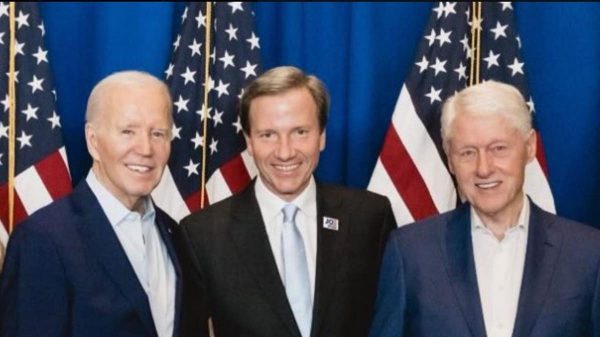Paperwork.
We hear about ‘paperwork’ when trying to deal with government bureaucracies and getting things done in Washington.
And, it is in fact ‘paperwork’ which delayed President Biden from signing the bill to avert a debt ceiling crisis.
It was ‘paperwork’ of the highest Congressional order. Not just a stack of forms buried in a federal file cabinet somewhere which dates back to the Eisenhower administration.
The Senate synced up with the House on the debt ceiling bill just before 11 pm ET Thursday night, approving the measure 63-36. Considering the Congressional brinksmanship over the debt ceiling, one might think they would immediately race the bill the 1.6 miles from the Capitol to the White House for the President to sign the legislation into law that night.
Not so fast.
For starters, the District of Columbia recently reduced the speed limit on many streets from 30 mph to 25 mph. So, don’t get a speeding ticket hauling tail down Pennsylvania Avenue.
But the biggest inhibition from racing the bill over to the White House hinges on an important, almost ancient process on Capitol Hill. In fact, the debt ceiling bill remained at the Capitol for hours after the Senate okayed the measure.
Nothing nefarious. No incompetence. This ‘paperwork’ exercise is an arcane, but important process which dates back to colonial America.
First of all, the House of Representatives crafted the debt ceiling bill. So, the measure is a ‘House product.’ That means that the Senate had to return the bill – without changes – to the House since it was the body of origination. This involves a little more than just stuffing the bill into a manila folder and asking an intern to walk it back across the Capitol Rotunda to the House. The Senate had to first execute some administrative tasks regarding the bill.
This is what begins the ‘enrollment and engrossment’ process.
The term ‘engrossment’ means to ‘write in a large, clear hand.’
Think of John Hancock’s iconic, colossal signature on the Declaration of Independence. The National Archives houses the ‘official’ version of the Declaration of Independence with the signatures of 56 men. In fact, the National Archives document is known as the ‘engrossed copy.’
Enrollment and engrossment of a bill for the President to sign involves a lot of signatures and ‘paperwork.’
Once the Senate approved the debt limit bill, the Secretary of the Senate had to study the printed copy to assure accuracy. In other words, the version which the Senate approved didn’t involve any amendments. The Senate then prints the bill onto white paper and notes any alterations. In this case, the Senate simply voted on and approved the House version of the legislation. So no updates.
Then it’s ready to head back to the House.
The House and Senate employ what are called ‘enrollment clerks.’ Those clerks sometimes take hours if not days to properly arrange the legislation from bill form into something which the President may sign into law. It depends on how long the legislation is and if there are complications – such as amendments. Some bills are parliamentary monstrosities. Thousands of pages. But this measure was rather straightforward. In fact, House Speaker Kevin McCarthy, R-Calif., touted the relative brevity of the legislation: a svelte 99 pages.
Once all the checks and parliamentary mechanics are complete, the bill is copied onto parchment paper.
Yes. Parchment paper.
This is a custom which is old as the republic.
In July 1776, the 13 colonies signaled their approval of the Declaration of Independence. According to the National Archives, the Continental Congress ‘ordered’ that the document be ‘fairly engrossed on parchment.’ Timothy Matlack was known in colonial America as a prominent ‘penman.’ It’s believed that Matlack actually copied the Declaration onto parchment. That’s the version preserved today at the National Archives.
On August 2, 1776, the journal of proceedings for the Continental Congress showed that ‘the declaration of independence being engrossed and compared at the table was signed.’ The aforementioned John Hancock was the first signatory.
The modern-day Congress follows this same process for every piece of legislation lawmakers approve.
Right down to the parchment paper.
After all, this is legislation which is about to become a law and permanently archived. You just don’t print it up on a ream of paper bought at Staples.
It consumes time to line up the legislative text onto the parchment paper. Again, not a complex bill. But there is a method and precision to this process. Once the bill is ready, the Speaker of the House or his designee must sign the bill. The presiding officer of the Senate – in this case, Senate President Pro Tempore Patty Murray, D-Wash., – or her designee, must sign, too. The bicameral signatures by those Congressional officers certifies that the House and Senate have in fact taken action on a bill, are in agreement and the measure is ready to head to the White House for the President’s signature.
When Fox asked Friday how long all of this would take with the debt ceiling bill, one senior source replied ‘I have no idea.’
Of course, the deadline for the debt ceiling is Monday. That’s when Treasury Secretary Janet Yellen forecast that the government could run out of cash and be unable to pay its bills. So, there is a bit of a race here. But frankly, no one was too worried since Mr. Biden planned to sign the document after Congress moved – regardless of when the document made it to his desk.
This is all about ‘paperwork’ of the highest order. That’s to say nothing of adhering to a time-honored tradition which has served the nation for more than two centuries. It also underscores the gravity and value of legislation. There is almost a reverential process for a final legislative product which becomes law. That’s augmented by the meticulousness the use of parchment paper for the final version.
Chad Pergram currently serves as a senior congressional correspondent for FOX News Channel (FNC). He joined the network in September 2007 and is based out of Washington, D.C.


